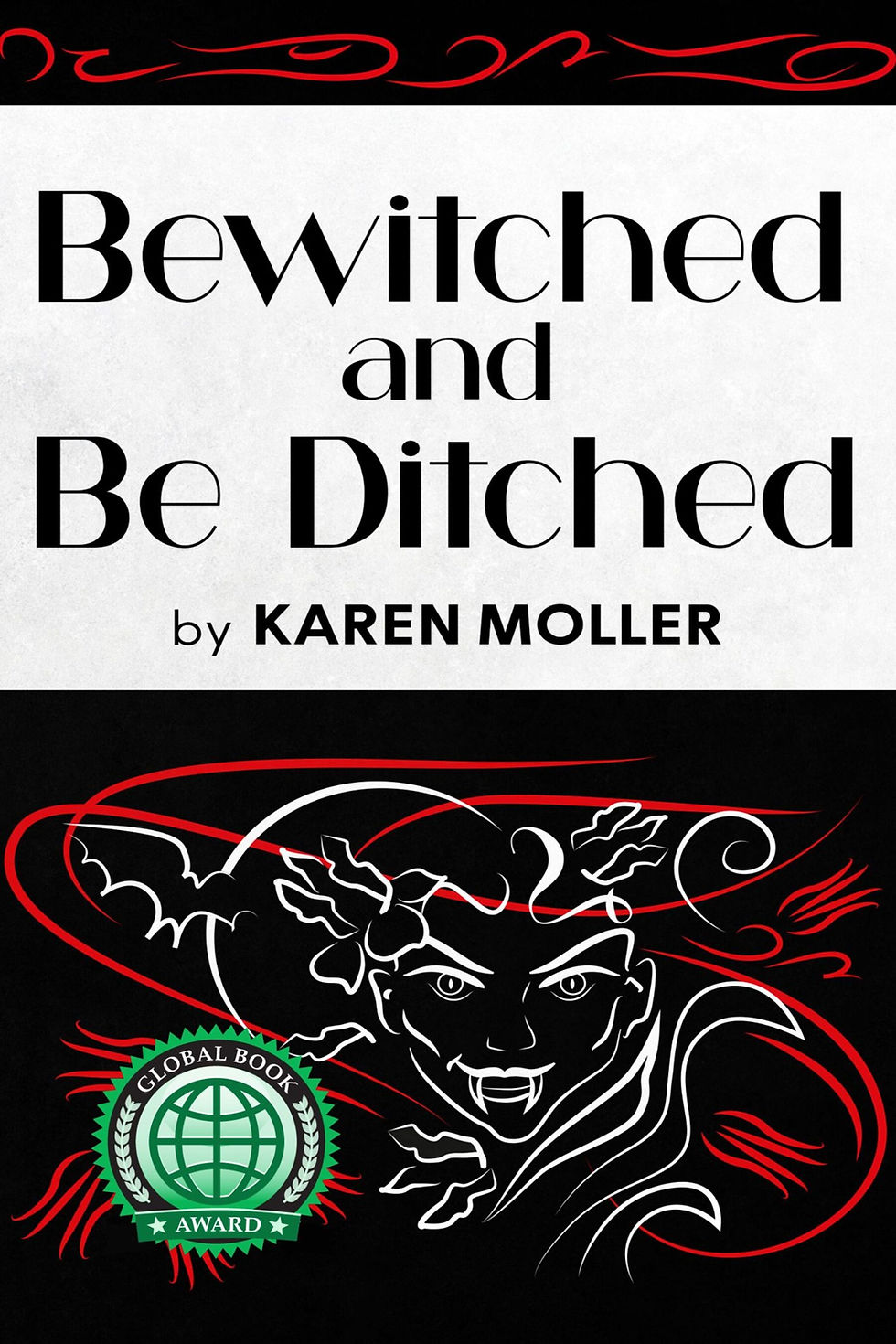The family who defied an Empire, the fascinating true story of Sealand and the Bates' family
- blkdogpublishing

- Jun 21, 2020
- 3 min read
The following is an excerpt from 'Weirder War Two' by Richard Denham and Michael Jecks. For more information or to purchase a copy click here.
* * *
The history of the Principality of Sealand is one of the most fascinating and charming curiosities of the modern age. It is a contender for the smallest country on Earth, has its own royal family, is not recognized by anyone internationally, and it encompasses solely one small metal and concrete platform just off Felixstowe, with no permanent population except a handful of security guards.
As part of Britain’s defences during the Second World War, a chain of sea forts fitted with anti-aircraft guns were built in the North Sea to protect the country’s vulnerable eastern flank. However, several of these forts were constructed in international waters and were outside British territorial waters and therefore jurisdiction, not that it would have mattered during the crisis and urgent need of war. Churchill would not have been concerned so long as Britain had her defences.
One of these sea forts called ‘Knock John’, abandoned at the war’s end, lay invitingly in the North Sea. The charismatic Major Roy Bates of the British Army sensed an opportunity that was too good to be missed. Major Bates travelled to the sea-fort and set up a pirate radio station. The British government weren’t impressed and took legal action. Bates took on the might of the Crown in a legal battle, which he naturally had no chance of winning. The courts declared Knock John was within British territory. But why let the Crown pick the battlefield? Another fort, ‘Roughs Tower’, was seven nautical miles out and, in the eyes of their own law, beyond their three-mile grasp.
In September 1967 the Bates family, supported by a small contingent of friends and well-wishers, took over Roughs Tower, declared their independence and claimed sovereignty with the birth of the Principality of Sealand. His wife became Princess Joan.
The British establishment was infuriated. Some tried to claim, somewhat melodramatically, that they feared Sealand could be a ‘Cuba off the east coast of England.’ They blew up all the remaining sea forts and used helicopters to intimidate the Sealanders by hovering close above their platform. A demolition crew was to be sent to threaten the nascent nation with imminent destruction. Prince Michael, the son of Roy, fired off a few warning shots, the queen’s men fled and the first battle of Sealand was a glorious victory. As British citizens, the police charged the Bates’ men with fire-arms offences, the prosecution desperately trawling through 17th century laws to find an actual crime for which they could be convicted. Yet the judge agreed with the Bates – Sealand lay outside the rule of British law, and the English court had no authority in international waters. The case was thrown out.
Prince Roy had won. By 1975 Sealand had its own flag, constitution, national anthem, currency and passports. The rest of Sealand’s colourful history is astonishing, there have been military coups and armed takeovers, diplomatic standoffs and there was even a government-in-exile!
Thanks to an overreach of British coastal WW2 defences, Britain has a nuisance neighbour which survives to this day. The current reigning monarch of Sealand is Prince Michael, son of Major Roy Bates. Prince Michael’s 2015 book Principality of Sealand: Holding the Fort gives a fascinating account of the adventures of the Bates family. Prince Michael has three children himself, and the Royal line is well and truly secure.
I myself (RD) was so charmed by the story of Sealand that I have since become ennobled. My new title is Lord of Sealand (available from their official website with a certificate - www.sealandgov.org). The cash-for-honours fiasco, which shamed Britain, could be coming my way!
* * *
This was an excerpt from 'Weirder War Two' by Richard Denham and Michael Jecks. For more information or to purchase a copy click here.












Comments